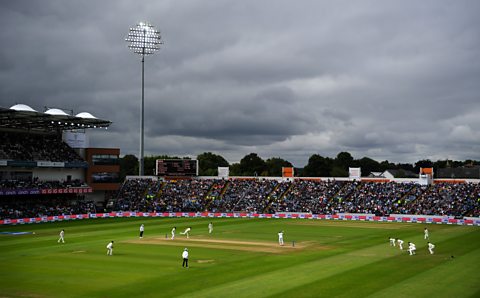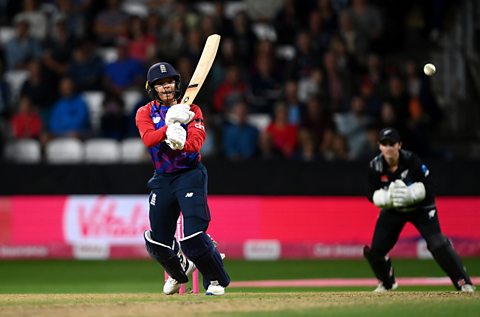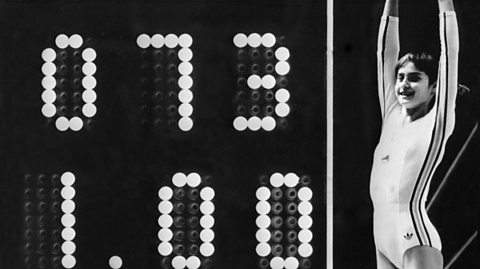It's one of the most popular sports in the world - but there's more than one way to play it.
Over a typical domestic cricketing summer, counties now play four different formats of the sport, with the newest version - The Hundred - being introduced in 2021.
Cricket's innovations, with shorter games and rules to encourage more exciting play, have even inspired other sports - with Formula 1, rugby union and snooker all unveiling new, quicker versions in recent years.
But whatвАЩs the difference between Test cricket and T20 and why are there so many formats? ¬йґєєўЌш „“≥»лњЏ Bitesize dons its pads, heads out to the crease and digs in for a four-format innings.
First-class cricket
±х≥ўвАЩs the most traditional form of cricket вАУ a multi-day match, known as a Test match when played between certain national teams.
First-class cricket has been played since the late 18th Century вАУ with the oldest recognised match taking place in 1772 between a Hampshire XI and an England team, while the first Test matches took place between English and Australian teams around a century later.

But while four and five day matches still prove popular today among cricket fans around the world, the longer format of the game has been seen as a barrier to new fans - with casual supporters put off by the idea of a lengthy match that might not produce a winner.
That led to the creation of a new, shortened version of the game in India in 1951.
Limited overs cricket
Also known as one-day cricket, the new format introduced a limit on the number of overs (a six-ball spell by the same bowler) per innings (a side's turn to bat) as well as reducing the number of innings each team batted from two, to one.
Limited overs cricket was primarily created with spectators in mind. A fan could now see a result from a single dayвАЩs play, rather than committing to up to five days of action. It was designed to appeal to a younger audience and has continued to evolve since its introduction. Teams play matches in coloured kits, rather than traditional cricket whites вАУ with attacking, aggressive play encouraged through a series of fielding restriction rules.
Bowlers are also limited in how many overs they can bowl each which means that captains need to be tactical in when they deploy them.
Most tournaments are now played over 50 overs вАУ although they can be shortened in case of poor weather. Where a team batting second has their innings reduced as a result of rain, their target score is altered using a complex mathematical formula known as the Duckworth Lewis Method.
Twenty20
In England at the turn of the 21st Century, there was a gap in the calendar for a limited overs tournament вАУ and English cricket bosses decided to make radical changes to the gameвАЩs format once again.

A new competition, called Twenty20, was proposed, but this time reducing each sideвАЩs innings to just 20 overs. These games вАУ again, designed for a younger audience вАУ now lasted around three hours with the first matches taking place in 2003.
The shorter batting time in T20 led to even more attacking play, with big scores and huge hitting common themes thanks to further fielding rule tweaks.
In one day cricket, the number of fielders allowed to be close to the boundary is restricted as an innings begins, with more permitted to be outside the pitch's inner circle as the game progresses. In T20, similar restrictions are in place - but in addition, teams are unable to have more than five fielders on the 'leg' side (the half of the field behind the batter) at any one time. These rules make it, in theory, easier for the batters to score runs.
Fast play is also encouraged - each fielding team has just 75 minutes to complete their overs, or they could be penalised by the opposing team receiving extra runs. To help the game remain pacy, batters waiting their turn do not sit in the changing rooms, but in a football-style dugout near to the boundary ropes.
The Hundred
CricketвАЩs newest format launched in the summer of 2021 and ripped up the rule book even further - making matches shorter and more simplified to appeal to casual fans.
In The Hundred, each innings now lasts just 100 balls, with standard six ball overs replaced by five or 10 ball spells. Traditional county sides werenвАЩt involved in the competition, with eight menвАЩs and womenвАЩs teams created specifically for the tournament, with players selected through an American sport style draft.
Again, as with T20, fast play is encouraged. Teams must change ends after each ten ball block in less than a minute and slow bowling rates are punished with teams being forced to bring an extra fielder into a closer position. Teams are also allowed to call for strategic timeouts - giving them a chance to regroup and discuss tactics in the later stages of the match.
While cricket traditionalists objected to the tinkering with the rules, the tournament was a big hit with audiences. The shorter playing time was designed to appeal to young families and casual fans вАУ as well as to broadcasters, with each match completed in just two and a half hours, as opposed to the classic five-day Tests.

What is it like to get a sport scholarship at a US university?
Student football, baseball, basketball and more, all have massive followings.

Conquering the impossible in sport
A look at some of the teams and individuals who achieved what many said could never be done.

Famous people who bounced back from disappointment or failure
When things don't go to plan, it doesn't have to be the end of the road.
